Optimal Timing for Foundation Repairs
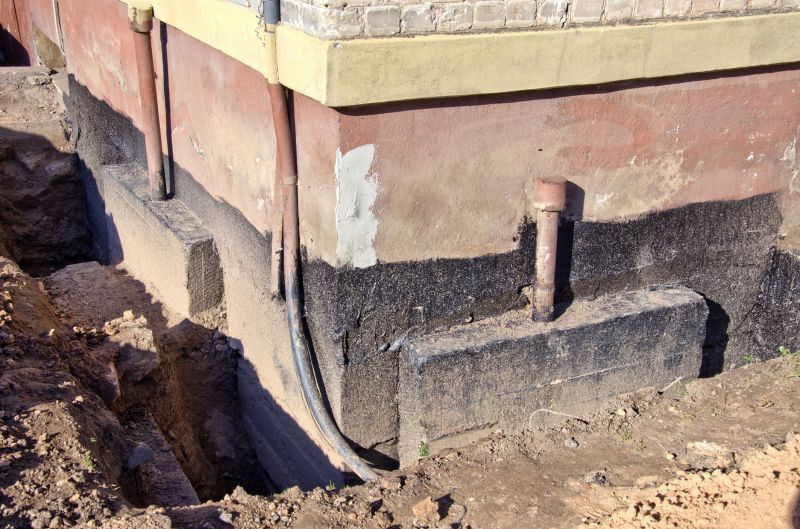
Spring offers moderate temperatures and stable soil conditions, making it an optimal time for repairs.

Summer provides longer daylight hours, allowing for flexible scheduling and quick completion of repair projects.

Fall's cooler weather reduces the risk of soil shifting, which is beneficial for foundation stabilization.
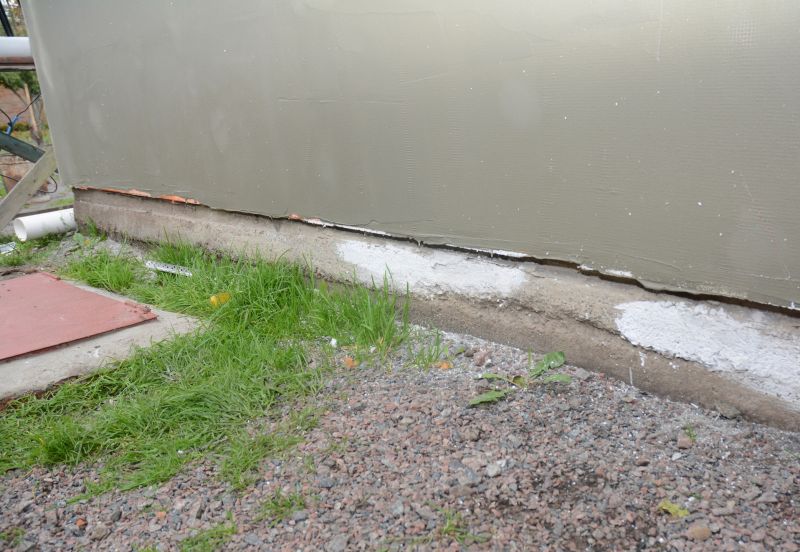
Winter may pose challenges due to freezing temperatures and frozen ground, but some repairs can be performed with proper precautions.

Spring and fall are generally considered the best seasons for foundation repairs due to favorable soil and weather conditions.
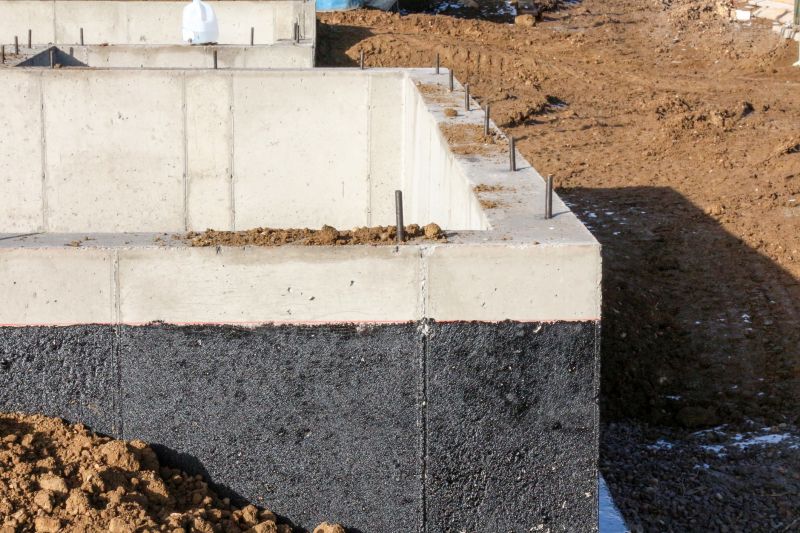
Extreme weather, such as heavy rain or drought, can delay or complicate foundation repair work.
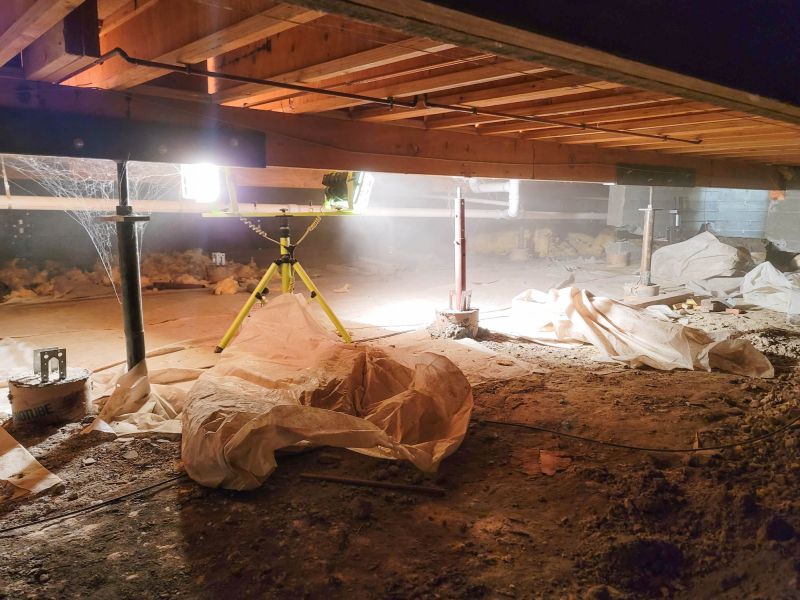
Ways to make Foundation Repairs work in tight or awkward layouts.
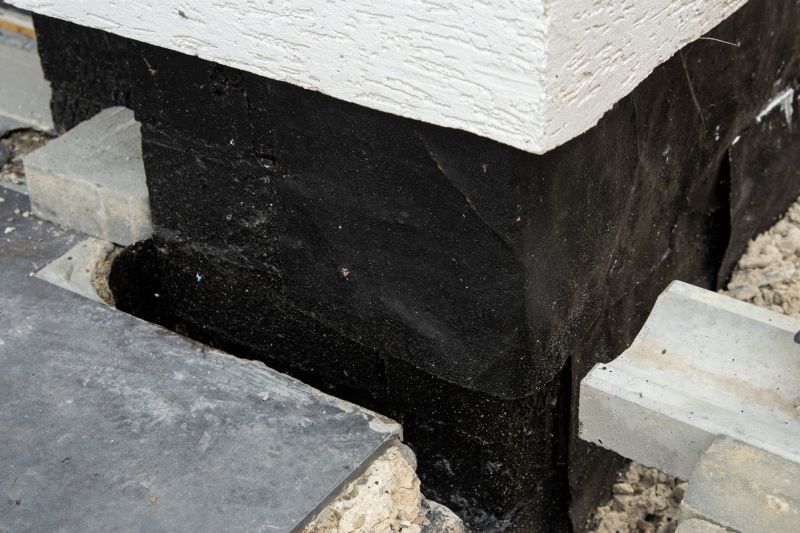
Popular materials for Foundation Repairs and why they hold up over time.
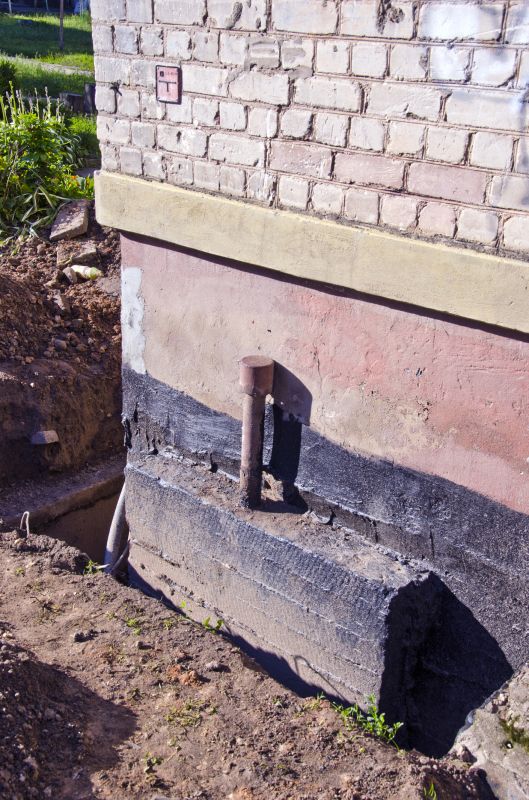
Simple add-ons that improve Foundation Repairs without blowing the budget.
Foundation repairs involve addressing issues like cracks, uneven settling, and shifting soil. Proper timing ensures minimal disruption and optimal results.
Early intervention can prevent further structural damage, saving costs and maintaining property value.
Soil type, weather patterns, and the severity of foundation issues influence the best time for repairs.
Certain seasons offer better conditions for repair work, reducing risks associated with soil movement and temperature extremes.
| Season | Advantages |
|---|---|
| Spring | Moderate temperatures, soil stability, longer days |
| Summer | Extended daylight, flexible scheduling |
| Fall | Cooler weather, reduced soil movement |
| Winter | Limited options, but some repairs possible with precautions |
Foundation repairs are essential for maintaining structural integrity and property value. Addressing issues promptly prevents further damage and costly repairs in the future. The timing of repairs plays a crucial role in their success, with favorable weather and soil conditions contributing to more effective and longer-lasting results. Proper planning and expert assessment can identify the optimal window for undertaking foundation stabilization projects.
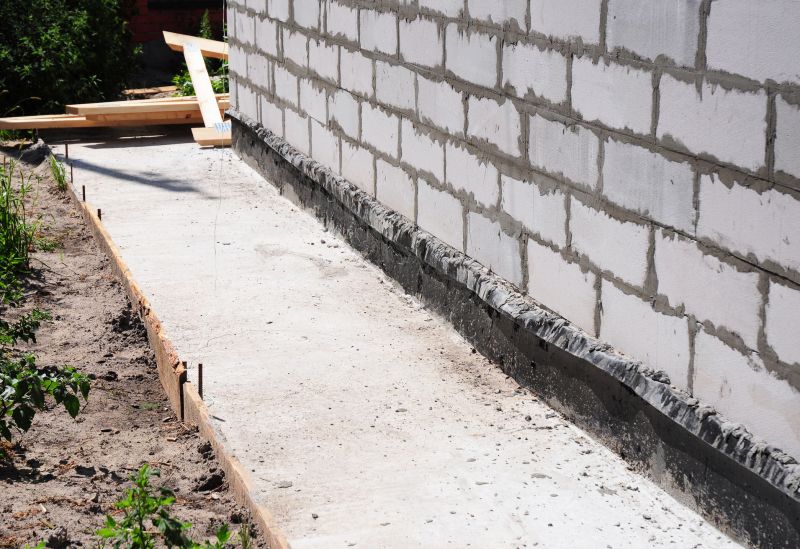
The process involves soil stabilization, crack sealing, and foundation underpinning to restore stability.

Cracks in walls, uneven flooring, and sticking doors are common indicators requiring repair.
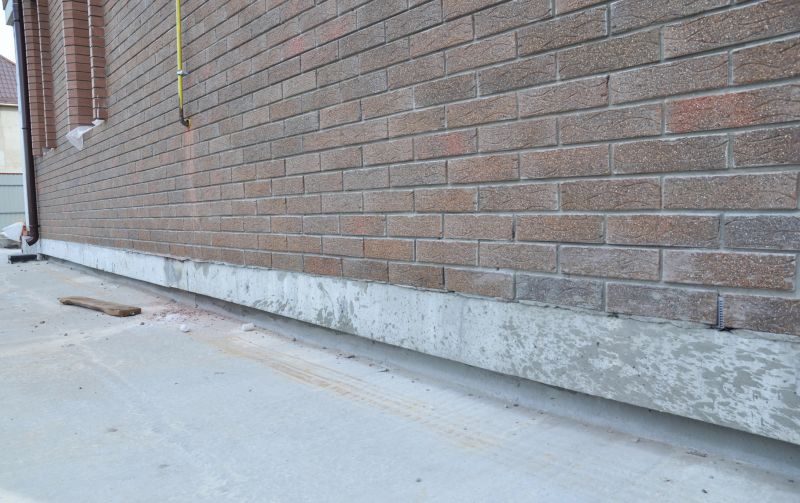
Methods include piering, mudjacking, and wall anchors, selected based on site conditions.
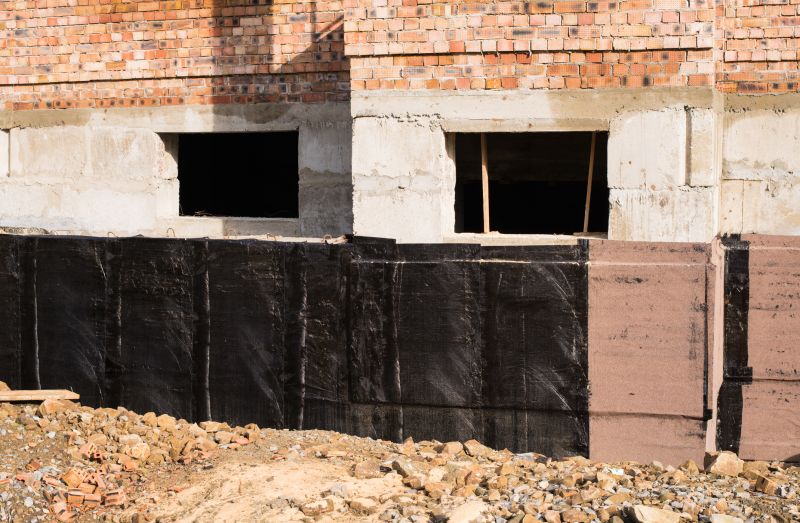
Restores structural integrity, prevents further damage, and maintains property value.
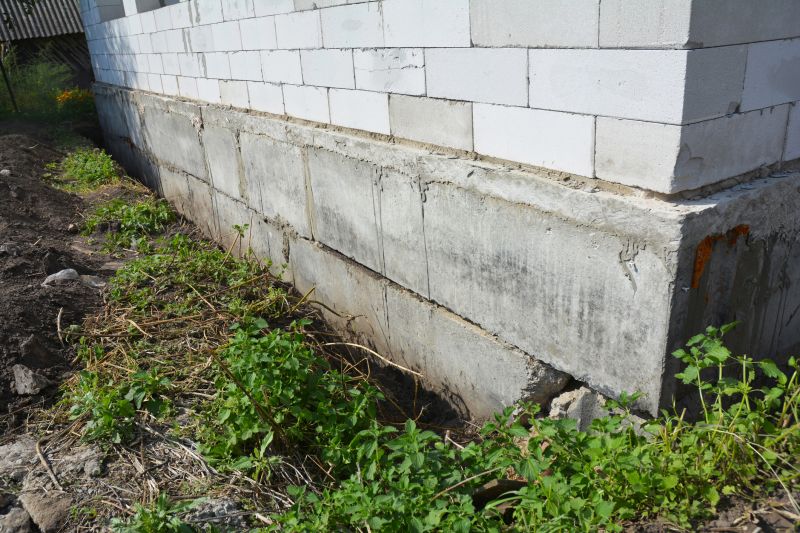
High-end options that actually feel worth it for Foundation Repairs.
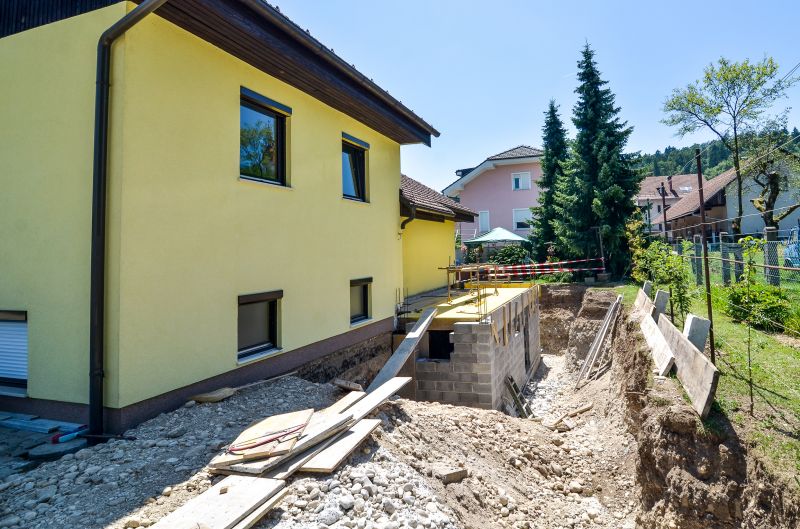
Finishes and colors that play nicely with Foundation Repairs.

Little measurements that prevent headaches on Foundation Repairs day.
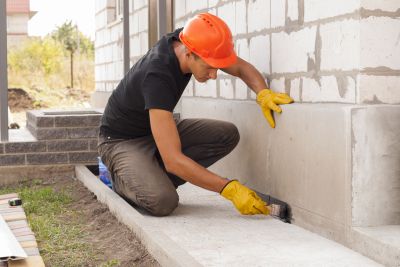
A 60-second routine that keeps Foundation Repairs looking new.
Timely foundation repairs can significantly reduce long-term costs and prevent extensive structural issues. Understanding the optimal seasons and conditions for repairs ensures that work is performed efficiently and effectively. Consulting with foundation specialists can provide tailored solutions that address specific site challenges, enhancing the durability of the repair work.
Interested in foundation repair services? Fill out the contact form to initiate a consultation and schedule an assessment.

